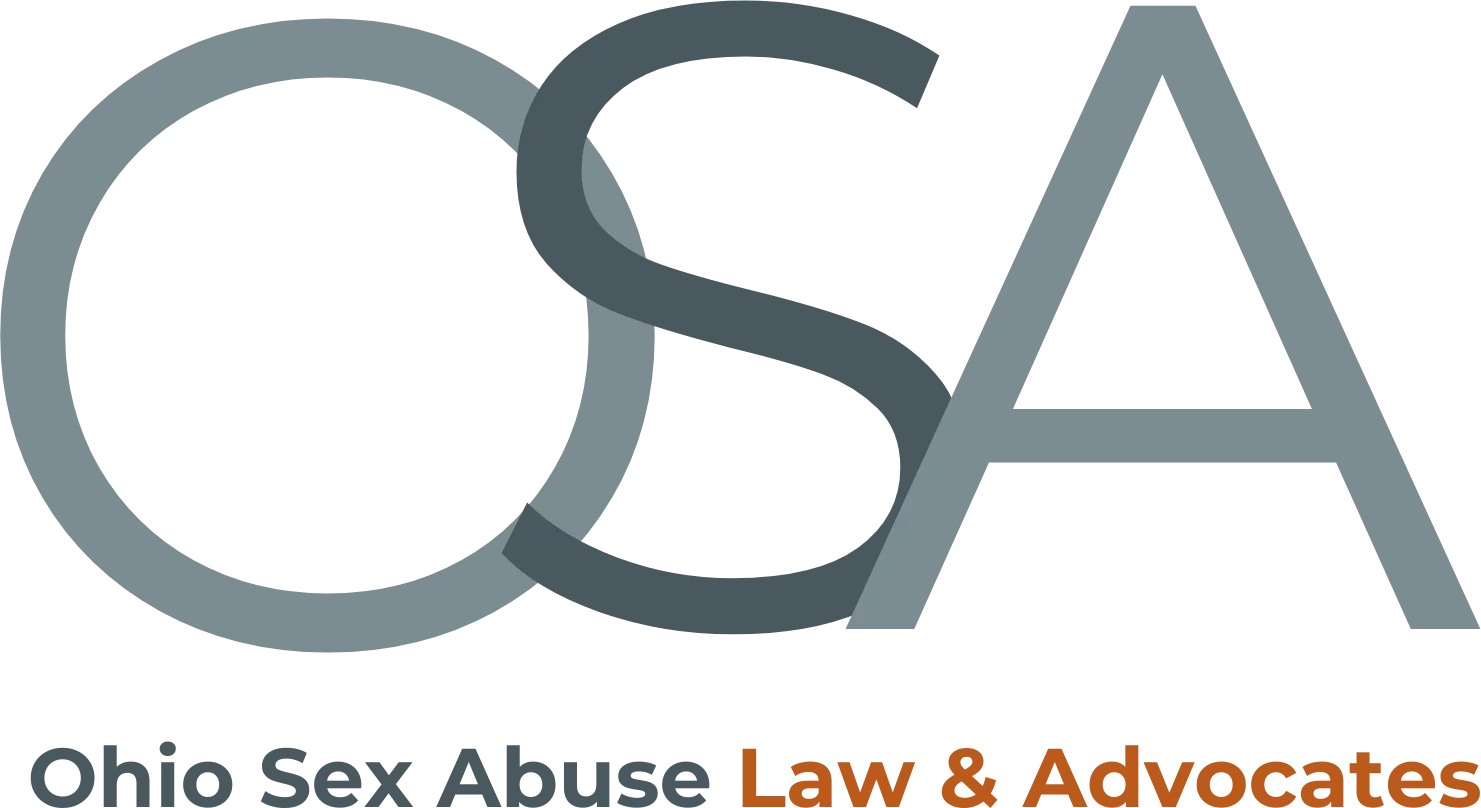Significant trauma like sexual assault and abuse leaves lasting effects on both survivors and their loved ones.
Significant trauma like sexual assault and abuse leaves lasting effects on both survivors and their loved ones.
An estimated 20% of women experience sexual violence before the age of 24, according to a 2016 study by the University of Washington. In one study of rape and sexual assault against college women between 1995 and 2013, it was found that “on average, 31,302 rapes, attempted rapes, sexual assaults, and threat of rape or sexual assault,” occurred annually. However, these statistics are not entirely accurate. Many survivors do not report assaults for fear of retaliation or further emotional damage.
As a result of remorse, guilt, and discomfort, college students, in particular, do not typically report assault. Many fear that they will not be believed, or that their friends and family will find out about what has happened to them. Most sexual assault and abuse statistics are incredibly underestimated and inaccurate.
The earliest effects of sexual abuse include the physical trauma. The probability of pregnancy after a rape is between 10% to 30%, and physical injuries from sexual abuse may include “fractures, head and facial trauma, lacerations, or death,” according to the American College of Obstetricians and Gynecologists. These numbers escalate when the assault involves the use of drugs, alcohol, or weapons.
Physical consequences intertwine with subsequent psychological effects, creating a volatile state of daily existence for survivors. Depression, anxiety, and post-traumatic stress disorder are some of the most prevalent mental illnesses that may emerge after sexual abuse. PTSD can cause “flashbacks, nightmares, avoidance of certain situations, and depression.” Those with the condition may also experience difficulty engaging in positive sexual experiences in the future.
About 60% of sexual assault victims experience PTSD with symptoms lasting over four years or more. Sexual abuse can cause a number of other mental illnesses, including phobias, obsessive-compulsive disorder, schizophrenia, sleep or eating disorders, and suicidal ideation.
Additionally, survivors are often financially impacted by abuse and assault. Many experience wage losses, rising healthcare costs, and other medical expenses, like psychological treatment and other mental health services.
Loss of productivity, decreased quality of life, and pain are more difficult to quantify, but can be even more detrimental. It has been estimated that rape results in a “financial burden of $87,000 to $240,776.”
For those who were abused from a young age, future earnings are disrupted. It has been proven that a survivor’s attention to educational aspirations and dedication to school work are significantly diminished in the years following the trauma.
A study found that college women who experienced sexual violence “reported more delays and failures on assignments, courses, and exams and were more likely to consider dropping out of school.” As a result of educational impacts, future job prospects suffer and lead to lower earnings throughout adulthood.
However, many treatment and therapeutical resources are available for both the physiological and psychological effects of sexual abuse.
Survivors can request medical evaluations after the incident such as testing for pregnancy and STIs as well as ongoing treatment with a primary care provider. Psychiatric counseling such as cognitive behavioral therapy and psychotherapy have proven to be extremely effective in healing from sexual abuse and assault.
Authors: Andy Goldwasser and Alexis Kabat

